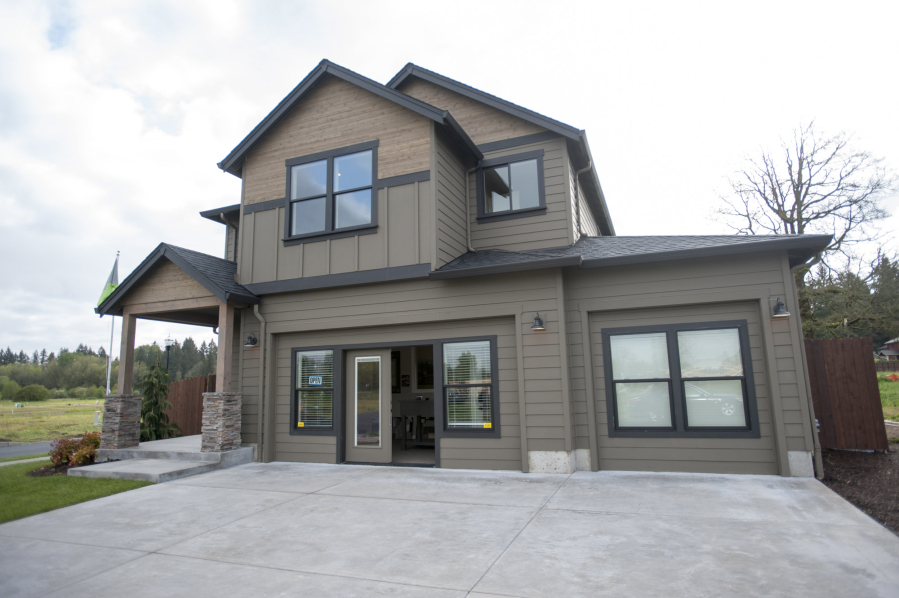As homeownership declines nationally and locally, it’s an achievement increasingly reserved for higher-income households.
Homeownership in Clark County dipped from a high of 72 percent in 2007 to a low of 63 percent in 2014, according to the U.S. Census Bureau. (Data isn’t available yet for 2015 and 2016.) Meanwhile, the percentage of mortgage-holding households earning at least $100,000 annually rose to 40 percent.
The area’s median household income is about $60,000. In 2005, six-figure households represented a little more than one-quarter of mortgage-holders in Clark County.
Terry Wollam, managing broker for Wollam & Associates in Vancouver, expects to see that plurality of six-figure buyers increase.




